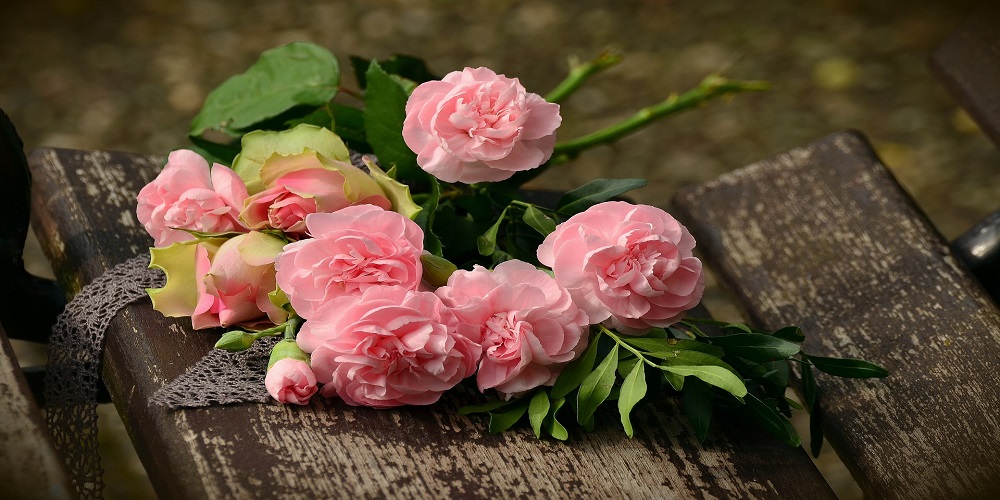How do florists source their flowers?
The floral industry, a vibrant tapestry of colors and fragrances, relies on the meticulous sourcing of flowers to bring beauty to our lives. In this exploration, we delve into the intricate process of how florists secure the diverse array of blooms that grace their creations. From the bustling wholesale markets to the captivating world of flower auctions, each petal has a story to tell.

You can get more about flowers from Brampton flower shop or perusing an online catalogue. However, here are some great sources of flowers;
Primary Sources of Flowers for Florists
1. Local Flower Growers
Florists often forge partnerships with local flower growers, reaping the advantages of freshness and reduced transportation costs. These connections contribute to the support of local businesses and sustainable practices. Yet, navigating the limitations of certain flower varieties and potential seasonal restrictions requires a delicate dance.
Advantages
- Freshness and Reduced Transportation Costs: Proximity ensures unparalleled freshness with minimal transportation time.
- Support for Local Businesses and Sustainability: Fosters community support, reduces the carbon footprint and promotes sustainable practices.
- Direct Relationships and Quality Control: Establishing direct connections with growers allows for quality control and a personalized touch.
Disadvantages
- Limited Availability of Certain Varieties: Local growers may have restrictions on the variety of flowers available.
- Potential Seasonal Restrictions: Seasonal changes can affect the availability of specific blooms.
- Higher Prices due to Smaller-Scale Production: Smaller-scale production by local growers may result in higher prices.
2. Wholesale Flower Markets
Wholesale markets emerge as havens for florists seeking variety and cost-effectiveness. A vast selection from various growers, competitive pricing, and bulk discounts make these markets enticing. However, the flip side involves the need for expertise in selecting and handling flowers and the potential challenges associated with transit times.
Advantages
- Vast Selection and Variety: Wholesale markets offer various flowers from various growers.
- Competitive Pricing and Bulk Discounts: Economic advantages with competitive pricing and discounts for bulk purchases.
- Convenience of Centralized Purchasing: Streamlines logistics through centralized purchasing.
Disadvantages
- Quality Variability: The diverse sources may result in fluctuations in the freshness and quality of flowers.
- Need for Expertise in Selection: Requires expertise in selecting and handling flowers to maintain quality.
- Potential for Extended Transit Time: Flowers may be in transit for extended periods, demanding careful planning.
3. Flower Auctions
For the adventurous, flower auctions offer a dynamic stage. Transparent pricing through open bidding processes and access to unique international growers create an atmosphere of excitement. However, the competitive nature of auctions, the need for expertise in evaluating flower quality, and the logistical intricacies of securing desired blooms present their challenges.
Advantages
- Opportunity for Unique and High-Quality Flowers: Access to rare, high-quality blooms not easily found elsewhere.
- Transparent Pricing through Bidding: An open bidding process ensures transparent and dynamic pricing.
- Access to International Growers: Provides access to a wide range of international growers and exotic blooms.
Disadvantages
- Competitive Nature Leading to Higher Prices: Bidding competition may increase prices.
- Expertise Required in Evaluating Quality: Requires expertise in evaluating flower quality and developing effective bidding strategies.
- Time Constraints and Logistical Challenges: Swift decision-making and addressing logistical challenges are necessary.
Factors Influencing Florists’ Sourcing Strategies
Type and Scale of Floral Business
The size of a floral business influences its sourcing strategies. More giant florists may establish direct relationships with growers, while smaller ones often turn to wholesalers or local markets for cost-effectiveness.
Customer Preferences and Demand
Understanding customer preferences shapes florists’ sourcing decisions. Whether it’s the allure of local freshness or specific flower varieties, catering to customer demand is critical.
Seasonality and Availability
The ebb and flow of seasons impact flower availability. Florists adjust their sourcing strategies to accommodate the seasonal fluctuations of certain flowers.
Pricing and Cost Considerations
The delicate balance between quality, price, and availability dictates sourcing decisions. Wholesale markets may offer economic advantages for bulk purchases.
Sustainability Practices
As sustainability gains importance, florists may prioritize local growers or suppliers with Eco-friendly practices, aligning with the increasing demand for ethically sourced flowers.
Conclusion
The journey of sourcing flowers for florists experts is as diverse as the blooms. Each option has challenges and opportunities, from local growers to wholesale markets and the exhilarating world of flower auctions. As stewards of nature’s beauty, Florists navigate this intricate landscape, ensuring every bouquet tells a story of careful consideration, creativity, and dedication to excellence.

